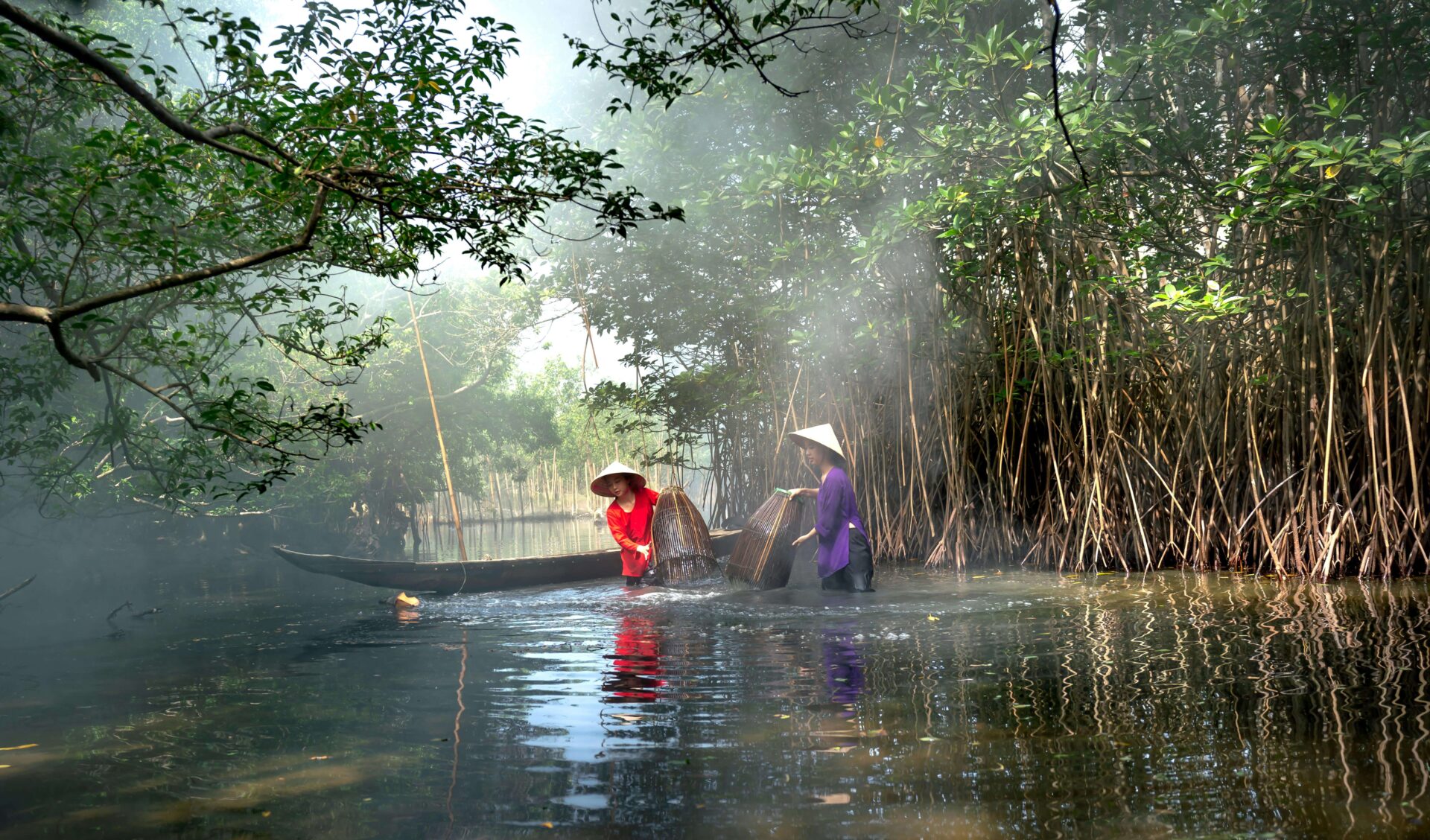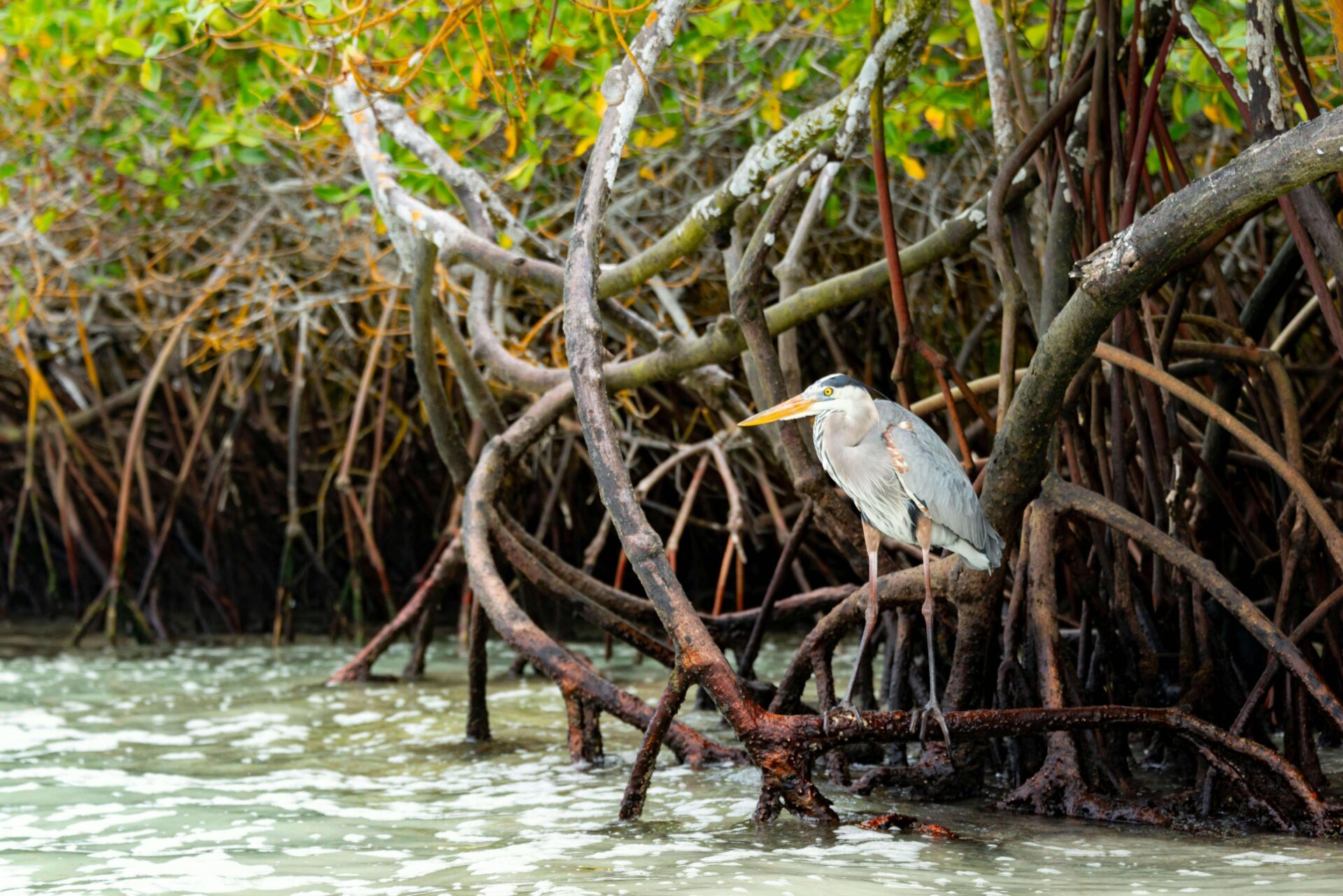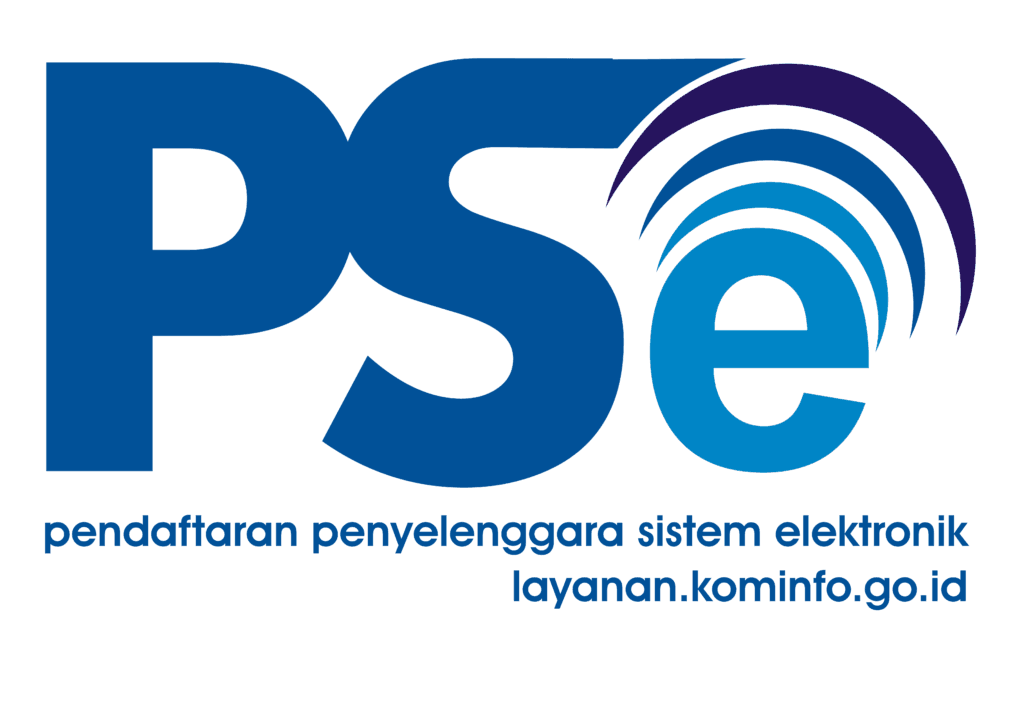
- Indonesia is a country with the largest mangrove area in the world which has more than 20% of the world’s mangrove area or 54% of Asian mangroves
- Mangrove forests have various important roles for human life, large carbon stores, and habitats for various animals
- Indonesia established the Peatland and Mangrove Restoration Agency to accelerate mangrove rehabilitation and initiated the establishment of the World Mangrove Center
Read More:
- Small Steps, Big Impact: Increasing Environmental Awareness Starting from Ourselves
- Ketahui Deretan Fakta Menarik tentang Lingkungan Kita!
Firstly, mangroves are one of the plants that can absorb very large amounts of carbon. Mangrove forests are estimated to store 3.14 billion tons of blue carbon. Therefore, mangrove restoration is one solution to environmental problems, especially global warming and climate change. In addition, mangroves can also be used as conservation areas because mangroves are a habitat for a large number of animals.
Second, Indonesia is a country that has more than 20% of the world’s existing mangrove area or 54% of the Asian mangrove area. The area of existing mangroves owned by Indonesia is 3,364,080 hectares with a potential mangrove habitat of 756,183 hectares. So, Indonesia is the country with the largest mangrove ownership in the world with a total mangrove area of 4,120,263 hectares.

How Big is the Mangrove Rehabilitation Area in Indonesia?

The graph above shows the total area of mangrove, coastal, swamp, and peat forest restoration in Indonesia from 2011 to 2021. The area of rehabilitation area continues to increase every year. In 2011 there was a significant decrease in mangrove rehabilitation areas. Meanwhile, in 2020 there was a significant increase in mangrove rehabilitation as a result of labor-intensive programs implemented in 34 provinces in Indonesia.
Not only the central government, mangrove rehabilitation efforts also involve various other parties, including local governments, the private sector, and community/environmental activists. Efforts to accelerate rehabilitation include choosing the right location, optimizing technical methods, involving the community, and involving institutions in rehabilitation.
The priority for rehabilitation sites is critical land, which is land that has decreased its function as an element of production and water management media for watersheds. Rehabilitation takes the form of reforestation, and the application of soil conservation techniques both vegetatively, civilly, technically and chemically.
The Urgency of Mangrove Rehabilitation

Indonesia’s vast mangrove areas can provide enormous benefits for human life. Mangroves have a very important role, especially in mitigating climate change and global warming. Not only has benefits in mitigating climate change, but mangrove forests can also provide several other benefits as follows :
- Mangrove forests contain a large amount of organic matter that does not decompose so that it can absorb carbon up to 4-5 times higher than terrestrial forests in general
- Mangrove forest areas are habitats for various species of animals
- Mangroves are protectors for land
- Plants in mangrove forests help slow the flow of water and silt deposition
- Water passing through the mangrove area will experience the binding of poison and hara elements to the mud
- Sambar plasma sperm
- The aesthetic value and life in it can be used as a place of recreation and tourism or a means of education and research
- Able to maintain humidity and rainfall in the area, so that the balance of the microclimate can be maintained
- The source of livelihood of local people
- Food sources
Challenges to Accelerate Mangrove Rehabilitation

In fact, mangrove ecosystems in Indonesia have undergone changes in function caused by economic interests. Many mangrove covers have changed into settlements, plantations, agriculture, and ponds. The condition of the earth that is getting worse and worse causes various disasters that occur throughout the world. In response to this, the Indonesian president made efforts to accelerate mangrove rehabilitation. There are several challenges in the acceleration effort, including:
- Land use in the past
- Future land use plans and development plans may hinder the rehabilitation process
- Availability of seedlings
- Biophysical conditions of the environment such as currents and waves
- Community rejection
- Other technical issues
Efforts to Accelerate Mangrove Rehabilitation in Indonesia

The acceleration of mangrove rehabilitation is carried out through the establishment of the Peatland and Mangrove Restoration Agency. The agency was established through a presidential regulation with a special mandate to accelerate the rehabilitation of 600,000 hectares of mangroves within the 2021-2024 period. The acceleration has been carried out since 2020 through a labor-intensive program by planting mangroves covering an area of 17,000 hectares in 2020 and 83,000 hectares in 2021.
In 2021, there will be the establishment of 250 Mangrove Care Independent Villages through education activities and community capacity building. The program has formed 176 cadres through mangrove field schools with details of 150 cadres of mangrove rehabilitation schools and 26 cadres of environmentally friendly pond field schools. These cadres have been able to carry out mangrove management practices such as participatory mapping, mangrove rehabilitation, mangrove species identification, seeding, preparation of planting sites, planting, maintenance, monitoring, and evaluation.
In addition, Indonesia initiated the establishment of the World Mangrove Center (WMC) to serve and share Indonesia’s experience in mangrove rehabilitation and conservation. In addition, through WMC collaboration can be carried out with global stakeholders to save the world’s mangroves. WMC is also designed as a reliable center of excellence as a space for sharing knowledge oriented towards mitigation and adaptation and a clearing house as a provider of data and information about mangroves.
Read More:
- High Indonesian RLI Value: How Did Biodiversity Extinction Occur?
- Circular City is Possible: Berkumpulnya Startup Ekonomi Sirkular di Surabaya Waste Up Project 2023
In conclusion, mangroves are one of the solutions to the world’s carbon problem. Indonesia as the largest mangrove country in the world can use mangroves to overcome carbon problems. Despite experiencing several challenges, Indonesia continues to accelerate mangrove rehabilitation through the establishment of the Peatland and Mangrove Restoration Agency.
In addition, Indonesia initiated the establishment of the World Mangrove Center as a medium for mangrove education and collaboration on a global scale. So are the steps taken by the Government of Indonesia in mangrove rehabilitation appropriate? Write your thoughts in the comments below!
#ZonaEBT #EBTHeroes #SebarTerbarukan
Editor: Bellinda Putri Hidayat






Comment closed